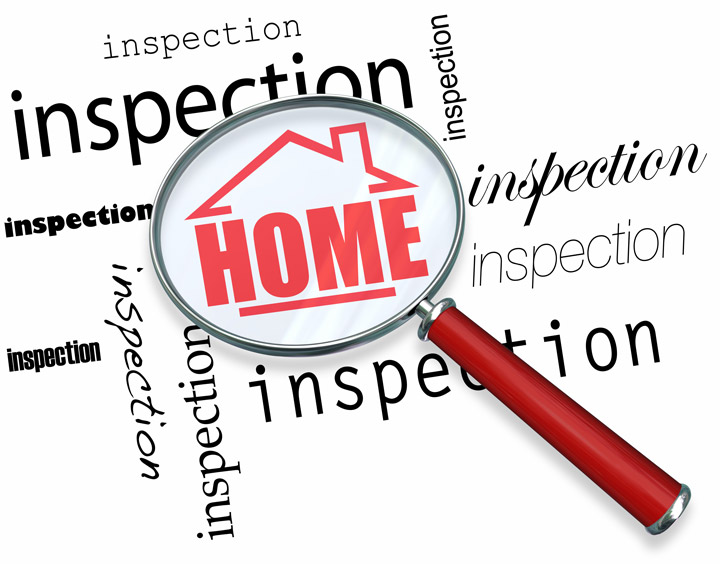
Understanding AppraisalsA home purchase is the most significant financial decision most could ever encounter. Whether it's where you raise your family, a second vacation property or an investment, the purchase of real property is a complex financial transaction that requires multiple parties to make it all happen. You're likely to be familiar with the parties having a role in the transaction. The most known entity in the transaction is the real estate agent. Then, the lender provides the money required to finance the transaction. The title company makes sure that all areas of the exchange are completed and that a clear title transfers from the seller to the buyer. So, what party makes sure the property is worth the purchase price? This is where the appraiser comes in. We provide an unbiased opinion of what a buyer might expect to pay — or a seller receive — for a parcel of real estate, where both buyer and seller are informed parties. A licensed, certified, professional appraiser from Wampler Appraisal, LLC will ensure, you as an interested party, are informed. Inspecting the subject propertyTo determine the true status of the property, it's our duty to first conduct a thorough inspection. We must see aspects of the property first hand, such as the number of bedrooms and bathrooms, the location, amenities, etc., to ensure they truly are present and are in the shape a typical person would expect them to be. To make sure the stated size of the property has not been misrepresented and describe the layout of the house, the inspection often requires creating a sketch of the floorplan. Most importantly, the appraiser looks for any obvious features - or defects - that would affect the value of the house. Following the inspection, we use two or three approaches to determining the value of the property: a sales comparison, a replacement cost calculation, and an income approach when rental properties are prevalent. 
Cost ApproachThis is where the appraiser pulls information on local construction costs, the cost of labor and other elements to ascertain how much it would cost to construct a property comparable to the one being appraised. This figure usually sets the maximum on what a property would sell for. It's also the least used method. 
Paired Sales AnalysisAppraisers become very familiar with the neighborhoods in which they appraise. They thoroughly understand the value of particular features to the people of that area. Then, the appraiser researches recent transactions in close proximity to the subject and finds properties which are 'comparable' to the real estate being appraised. By assigning a dollar value to certain items such as upgraded appliances, additional bathrooms, additional living area, quality of construction, lot size, we adjust the comparable properties so that they are more accurately in line with the features of subject.
Once all necessary adjustments have been made, the appraiser reconciles the adjusted sales prices of all the comps and then derives an opinion of what the subject could sell for. At Wampler Appraisal, LLC, we are experts when it comes to knowing the worth of particular items in Fort Worth and Tarrant County neighborhoods. This approach to value is typically given the most weight when an appraisal is for a real estate sale. Valuation Using the Income ApproachIn the case of income producing properties - rental houses for example - the appraiser may use a third approach to value. In this situation, the amount of revenue the property yields is factored in with other rents in the area for comparable properties to derive the current value. ReconciliationExamining the data from all approaches, the appraiser is then ready to document an estimated market value for the subject property. The estimate of value at the bottom of the appraisal report is not always what's being paid for the property even though it is likely the best indication of a property's valueDepending on the specific circumstances of the buyer or seller, their level of urgency or a buyer's desire for that exact property, the closing price of a home can always be driven up or down.Regardless, the appraised value is typically used as a guideline for lenders who don't want to loan a buyer more money than the property is actually worth. At the end of the day, an appraiser from Wampler Appraisal, LLC will guarantee you discover the most accurate property value, so you can make profitable real estate decisions. |